Arthur Leach is 101 years old. Sometimes, age is just a number. Sometimes, it’s a story. Leach’s age is full of stories.
When I interviewed Leach recently for The Sons of History’s collection of military interviews, I was given a bit more perspective into his age. Before we began recording our conversation, he told me his first car was a 1924 Model T that he bought for $18; gas was 16 cents per gallon.
Leach, a fighter pilot for the U.S. Navy in World War II, enlisted in February 1942 during his final semester of college at Illinois Wesleyan University in Bloomington.
He was informed he would be in uniform before he could walk across the graduation stage. After some negotiating with the Navy office and some local leaders, it was agreed he could finish college before leaving for the service. He graduated on June 8 and was in uniform on June 10.
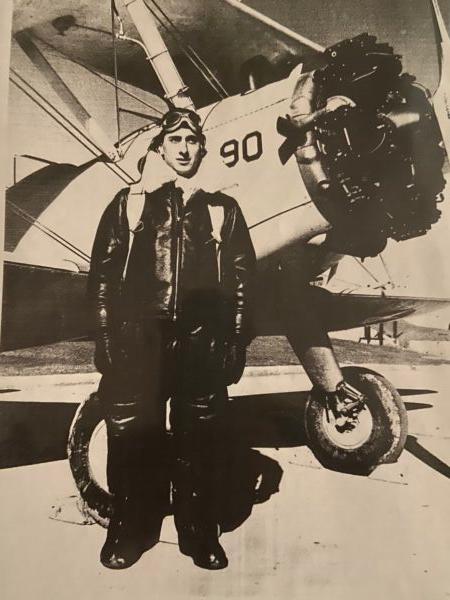
His flight training took him to Iowa City, St. Louis, Pensacola, Miami, Lake Michigan, San Diego, Seattle, and eventually the Hawaiian Islands. It would take approximately a year before he would be commissioned.
The same day he was commissioned, he married Eileen Holforty. The very next day, he went to Miami for fighter training.
Leach flew open-cockpit biplanes such as the Boeing-Stearman and the N3N, then the SNJ Texan, the Brewster F2A Buffalo, and ultimately the F6F Hellcat, which gave America air superiority in the Pacific. The Hellcat is best known in World War II for its dominance during the June 1944 invasion of the Mariana Islands, which became known as the Great Marianas Turkey Shoot.
Before being stationed on the USS Yorktown, he made his first carrier landings on one of the two large ships refitted to be practice carriers, the USS Wolverine and the USS Sable. The practice landings were conducted on Lake Michigan and were absolutely pivotal to ensure pilots were capable of carrier landings and would have enough confidence to conduct such landings in the Pacific Ocean. Despite the ship’s massive size, landing on a carrier at sea was incredibly difficult.
“The carrier is moving about 30-35 miles per hour with the wind over the deck, you’re landing at about 90-100,” he said. “You come over the deck and circle and adjust on the downwind leg to get your position and your height in relation to the ship, and then you’d start your turn to come up the back. But you don’t want to a long straightway because your engine is big and you cannot see the deck when you’re going straight up behind it playing catch up. If you came in too fast, you’d be floating over the barrier and land on the guys who landed before you. That happens occasionally, and of course, kills everyone it hits.”
Countless calculations had to be considered just to land, such as wind speed, carrier speed, plane speed, the tilt of the wings, the location of the landing, and the angle of the landing.
Taking off was no easy feat either. Often, poor landings ended fatally. Poor takeoffs were even more deadly.
“The flight deck is a dangerous place,” he stated. “You take off at 3:30 or 4 o’clock in the morning and you can’t see the end, but you’ve got to get off. A lot of guys don’t make it and, of course, you never see them again. The ship runs right over him. The airplane sinks in 15 seconds. It’s going to sink even faster with the ship going about 30 miles or more. You hear it scrape all the way down.”
“I thought, ‘Gee! I’ve been hit and it doesn’t hurt,’” he said. “It was all just a cold sweat. I felt good that I was able to sweat.”
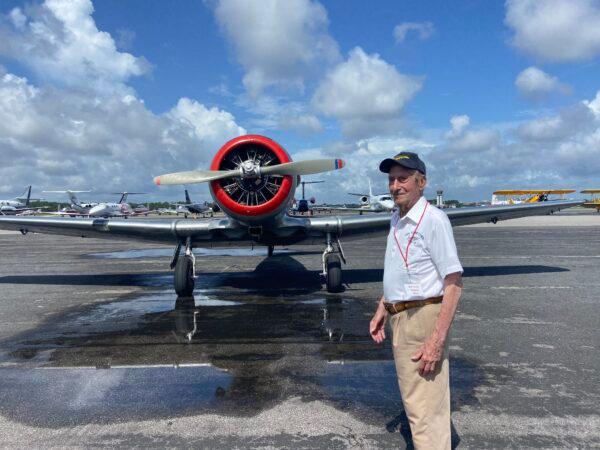
He stayed in the Navy after the end of World War II as part of the Ready Reserves in Glenview, Illinois. After 14 years as a pilot, flying just about every plane the Navy had, he ended his career as a senior lieutenant. Shortly before he left the Navy, he was informed he was going to be promoted to lieutenant commander, which is equivalent to a major rank.
“I didn’t bother to accept it because I was going to quit and secondly, I wasn’t going to get a pension anyway, so rank wouldn’t mean nothing,” he said.
Leach was awarded the Distinguished Flying Cross, which is awarded for heroism or outstanding achievement during an aerial flight. Charles Lindbergh was the first to receive the award after his flight across the Atlantic. Leach was also awarded two air medals.
Unfortunately, he doesn’t have the medals and citations he received, or even his military uniform, because his house burned to the ground in the 1950s while he and his family were out of town.
Leach may no longer have any of his war memorabilia, but age hasn’t hindered his ability to recollect those memories from before, during, and after the war. And those are memories are more than just stories. They provide perspective.

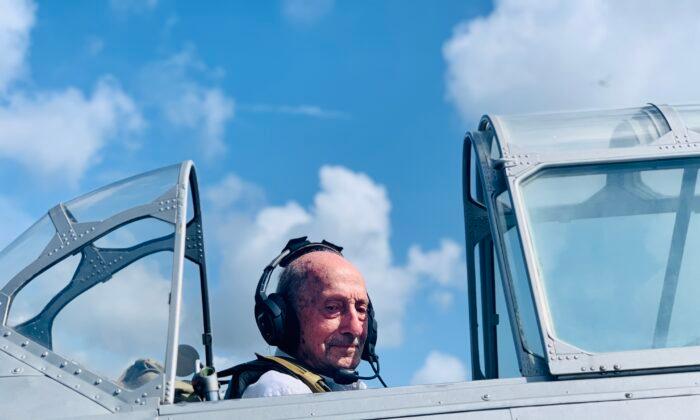

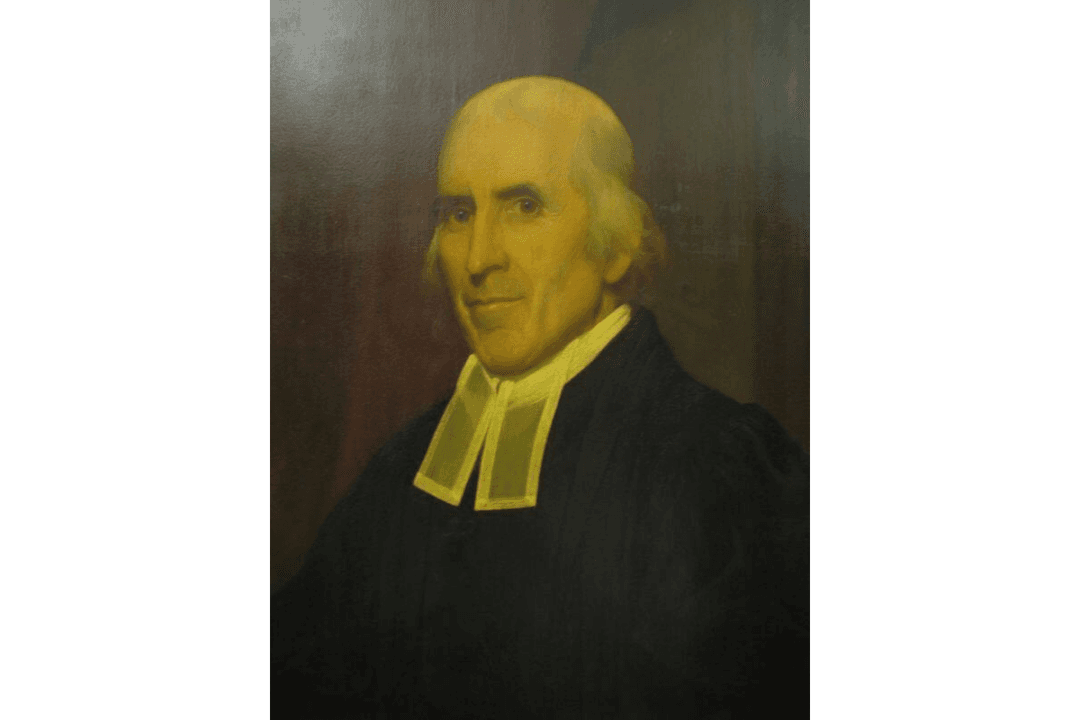
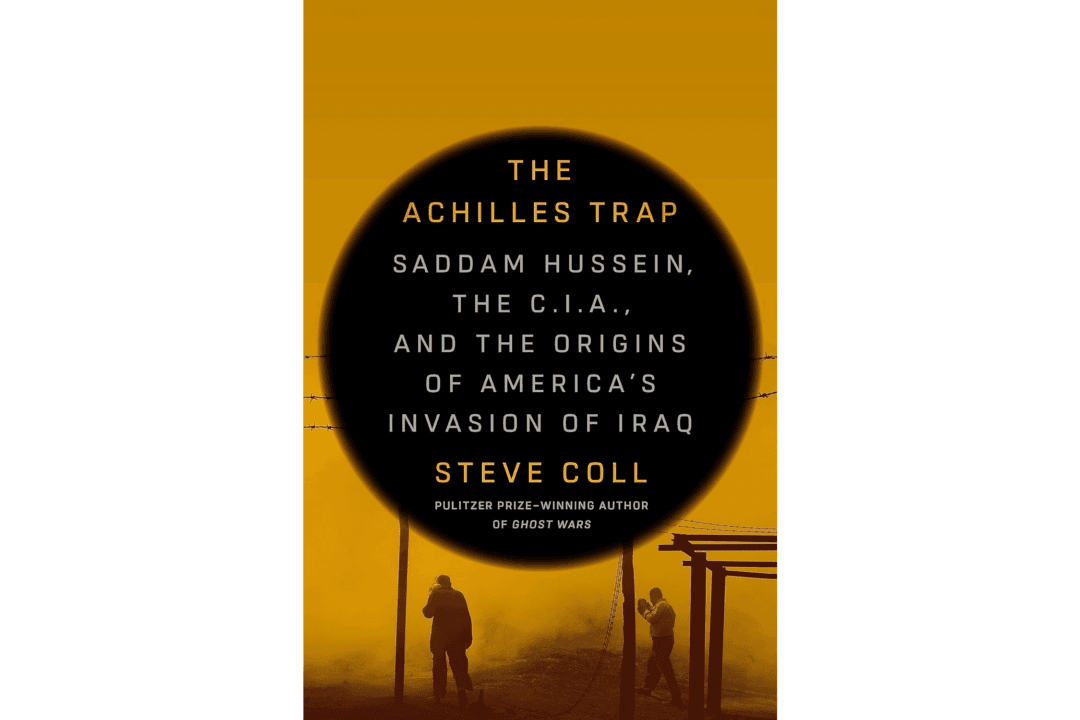
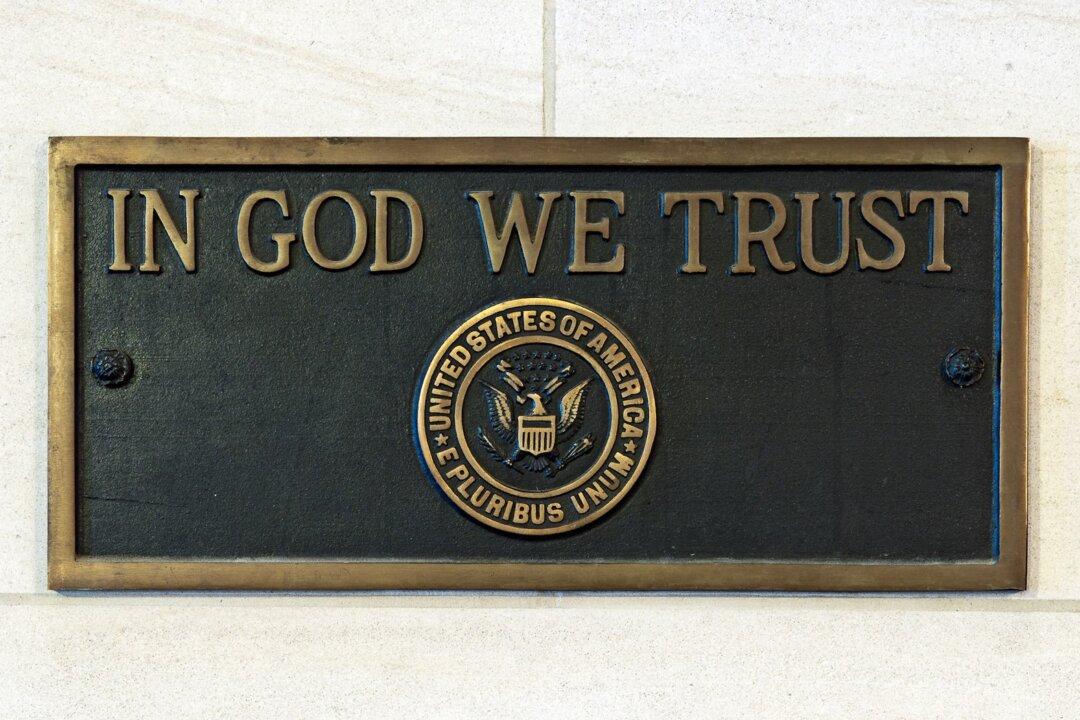
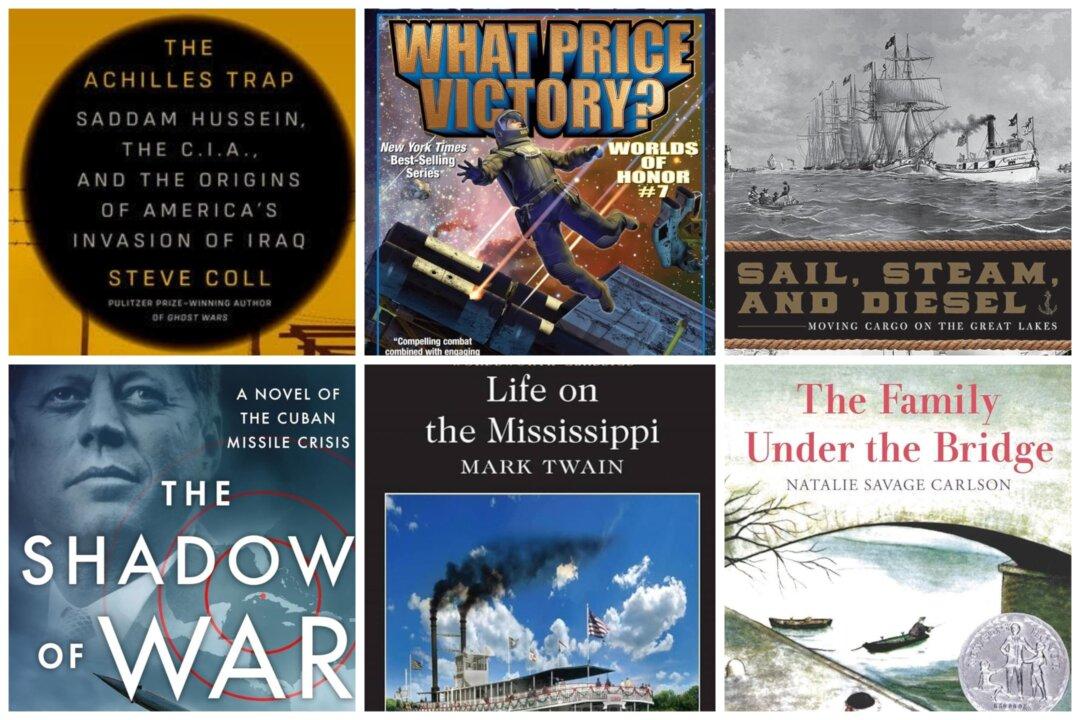
Friends Read Free